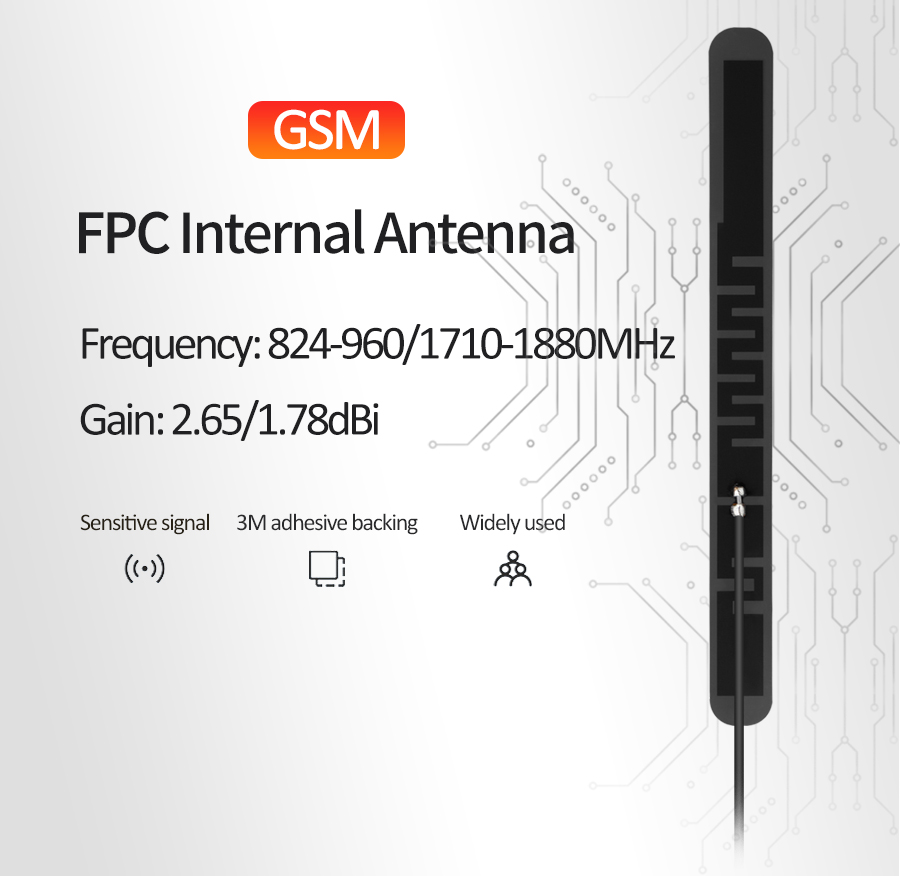 Internet of Things (IoT) devices have high power requirements. For example, they may need to collect energy from solar panels while using as little electricity as possible, or they may need to manage high power loads. Italian OBJEX engineer Salvatore Raccardi has addressed these needs with the OBJEX Link S3LW IoT development board. The device uses the S3LW module developed by OBJEX and is capable of communicating via Wi-Fi, Bluetooth 5, LoRa and LoRaWAN protocols. It also places great emphasis on efficient use of energy.
Internet of Things (IoT) devices have high power requirements. For example, they may need to collect energy from solar panels while using as little electricity as possible, or they may need to manage high power loads. Italian OBJEX engineer Salvatore Raccardi has addressed these needs with the OBJEX Link S3LW IoT development board. The device uses the S3LW module developed by OBJEX and is capable of communicating via Wi-Fi, Bluetooth 5, LoRa and LoRaWAN protocols. It also places great emphasis on efficient use of energy.
OBJEX Link S3LW is a high-performance IoT development board based on a custom system-on-module (SoM). The S3LW module provides Wi-Fi, Bluetooth 5, LoRa and LoRaWAN connectivity. The development board has 33 GPIO ports and supports typical microcontroller interfaces such as I2C, I2S, SPI, UART and USB. Four-pin STEMMA connectors allow PCBs to access an ever-expanding ecosystem of sensors, actuators and displays.
Note. Raccardi developed OBJEX Link several years ago. The product has the same name as this new board, but there are some differences. For example, it uses an ESP32-PICO-D4 microcontroller instead of a dedicated SoM, but does not have LoRa functionality. In addition, it aims to be the smallest reusable board and a full-featured board for IoT application development.
OBJEX provides the S3 and S3LW modules. S3LW is a full-featured module equipped with ESP32-S3FN8 microcontroller, RTC, SX1262 and power related circuits. The ESP32 offers Wi-Fi and Bluetooth capabilities, while the S3 supports LoRa and LoRaWAN compatibility. The S3 module does not contain LoRa hardware, but has other blocks in S3LW.
OBJEX Link S3LW demonstrates the steps OBJEX takes to achieve maximum energy savings with its dedicated modules. First, the LoRa radio has a special linear voltage regulator that allows you to completely turn off the radio when LoRa operation is not required. Next comes the power lock, which completely disables the rest of the module’s hardware. This latch does not replace the ESP32′s deep sleep mode, but rather complements it.
Since the S3LW has two radios operating on different frequencies, there are two antenna paths. The ESP32 is an antenna chip that connects to the 2.4 GHz Wi-Fi and Bluetooth bands. The S3LW has a 50 ohm U.Fl connector for an external LoRA antenna. The radio operates in the frequency range from 862 MHz to 928 MHz.
Power for the OBJEX Link S3LW can come from a port that supports USB-C Power Delivery (PD) or from a screw terminal block connected to the same Vbus as the USB-C connector. Through the power supply, the board has access to 20 Volts, 5 Amps. The built-in DC-DC converter steps down the voltage up to 5V and supplies current up to 2A to connected peripherals.
The board (and SoM) is compatible with a variety of programming environments, making it suitable for almost any development workflow. For example, it supports Espressif ESP-IDF, Arduino IDE, PlatformIO, MicroPython and Rust.
Cowin support to cusotm Wi-Fi, Bluetooth, LoRa, IoT internal external antenna, and provide complete testing report including VSWR, Gain, Efficiency and 3D Radiation Pattern, please contact us if you have any request about RF cellular antenna, WiFi Bluetooth antenna, CAT-M Antenna, LORA antenna, IOT Antenna.
Post time: Oct-30-2024





